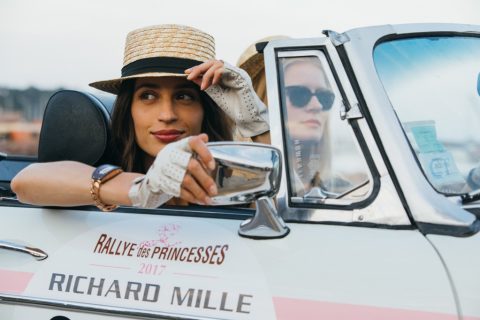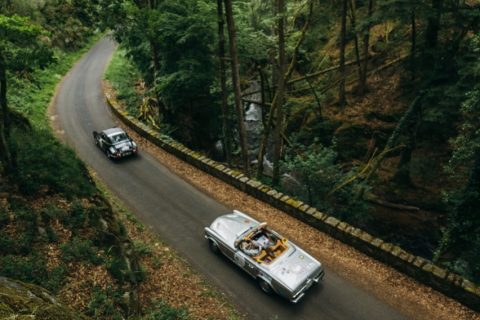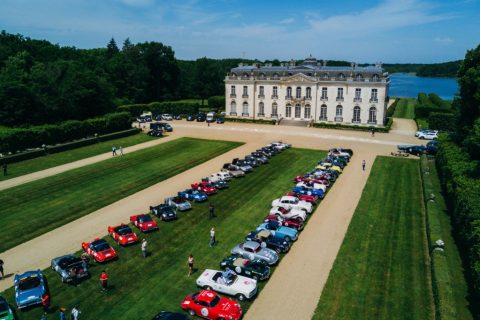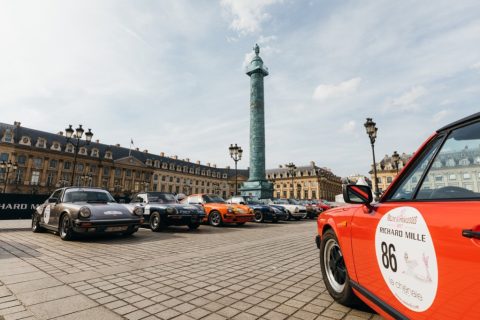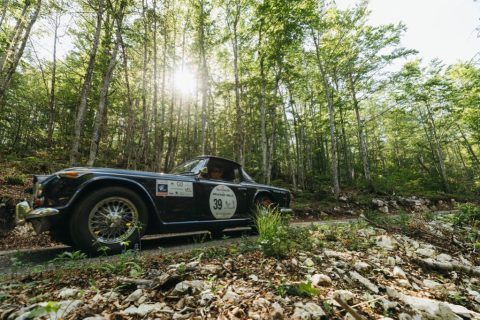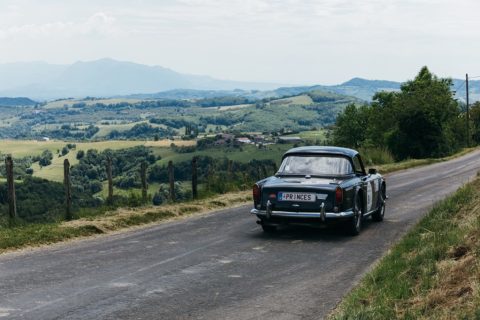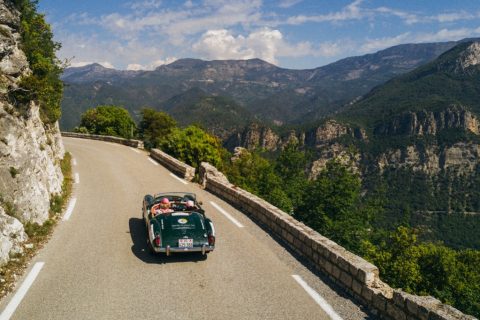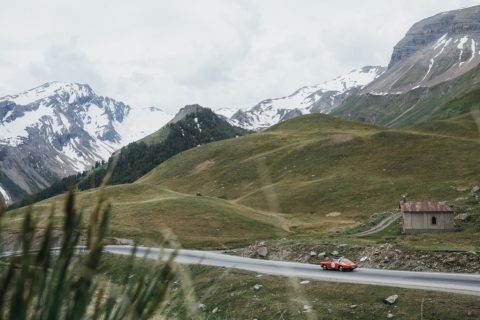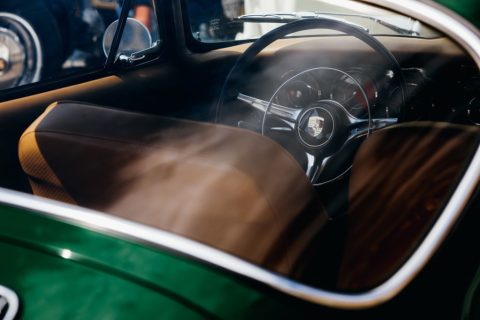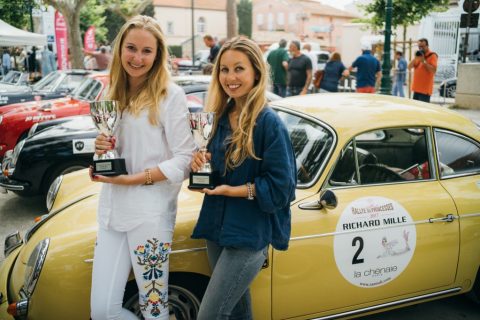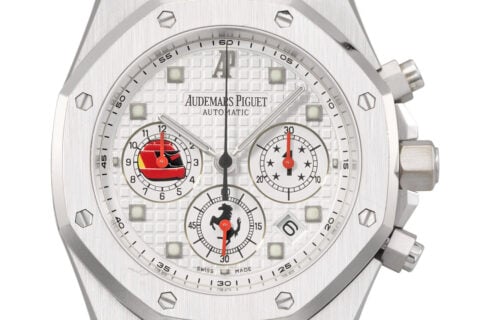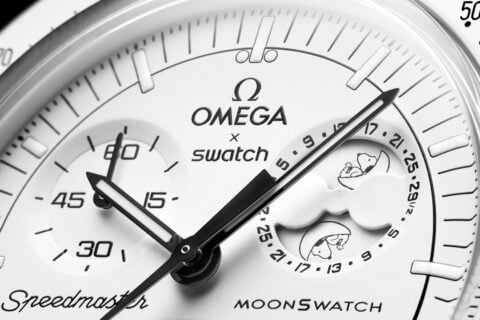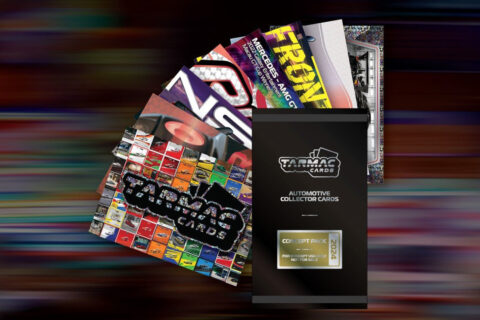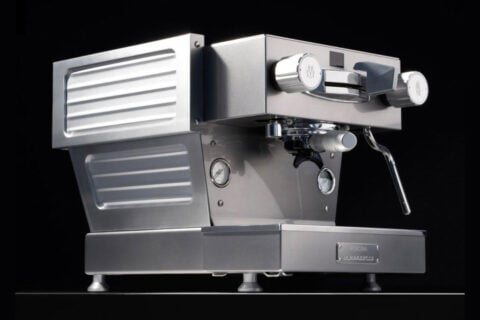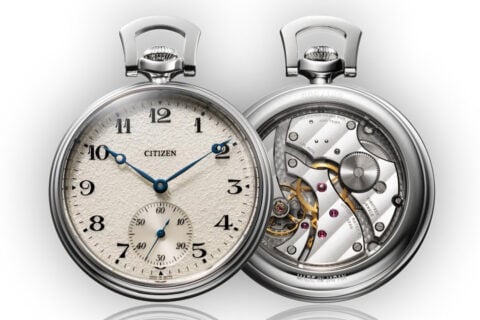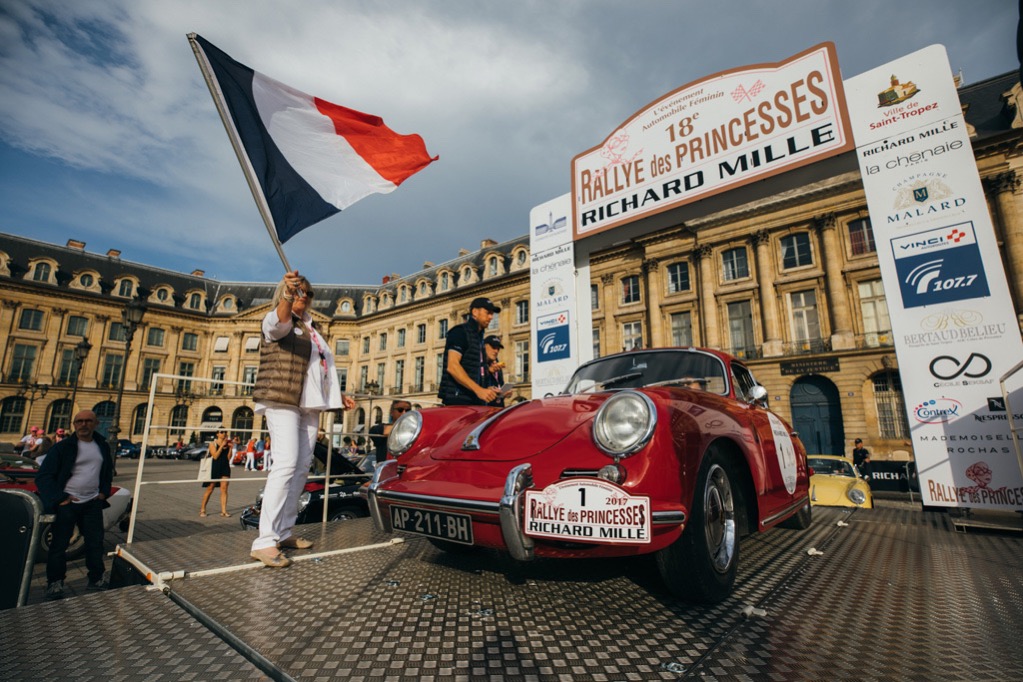 A six-day historic and classic car rally with stunning scenic views throughout France. It was as competitive as other race events, the only difference was that all racers were female.
A six-day historic and classic car rally with stunning scenic views throughout France. It was as competitive as other race events, the only difference was that all racers were female.
Motorsport is often seen as a masculine activity. The number of female participants, be it sitting behind the wheel or simply spectating, is far less than their male counterparts. The reasons behind this may be just down to the connotations associated with the sport, but times are changing. Indeed these days more and more women are attracted to the thrill of taking part in automotive events around the globe.
The 18th edition of Rallye des Princesses (Princesses’ Rally) took place late last month. With 90 cars participating, six magical days were spent driving more than 1,600 km, split into five unique legs, through the beautiful French countryside from Paris to Saint-Tropez.
An Automotive Getaway
First held in 2000, the Princesses’ Rally is designed for women by a woman, Viviane Zaniroli. It has long been a key initiative for female car enthusiasts, with watchmaker Richard Mille supporting it for the third year.
What sets it apart with other rallies is that sportsmanship, perseverance, aesthetics and refinement are celebrated with an additional touch of elegance and chic. The entry package also included not just accommodations and meals, but also daily assistance from a crew consisting of four mechanic specialists.
Each day included exquisite lunches at exceptional chateau settings, and as the sun went down, cars would be examined by the mechanical team. As if driving on magnificent roads wasn’t already enough, elegant hotel stays with champagne and welcome gifts every evening could also be a valid reason for joining the rally. Participants’ family and friends were welcomed to join as followers, driving separately after the last race car, sharing a similar experience and views.
The Preparation
Prior to the race, a public training day was organised for people who had never participated in a regularity rally. The workshop began with theory on the basics, such as how to use the road-book and the regulations, to advanced driving techniques and navigation in a rally situation.
Before things officially kicked off, a scrutineering day was reserved for traditional technical and administrative checks. Then, in teams of two, 180 racers of 12 nationalities gathered at Place Vendôme in 1st arrondissement of Paris to start their adventure.
Under the sunny and hot conditions, the 90 historic and classic cars formed a magnificent troupe inside the prestigious landmark; quite a few of them were developed more than half a century ago. The oldest among them was a 1955 Jaguar XK140, car No. 6 driven by Charlotte Castelein and Sabine Deleu. Other magnificent vintage machines included a 1960 Triumph TR3 Sport, 1964 Austin-Healey 3000 MK3, 1969 Lancia Fulvia Sport Zagato, 1969 Mercedes 280SL Pagode and a more recent 1988 Ferrari 328 GTB coupé.
Each team was dressed in their own matching outfits as uniforms, ranging from causal and comfortable t-shirt and jeans to elegant, brightly coloured dresses. Standard racing gear was not to be seen and the racers used this opportunity to let their character shine through, something not always allowed in other rallies.
Let’s Race!
On Sunday the 90 teams formally started their competition in the morning at Place Vendôme. As with other regularity rallies, the goal was to stay as close as possible to the targeted average speed while covering a set distance along a scheduled itinerary. Staying focused and maintaining concentration, with a strong sense for precision, was the key to win. Racers relied on a printed road book, maps and set of time cards for navigation, while all vehicles were equipped with a TRIPY GPS for checking the ongoing itinerary and recording the intermediate time keeping points during the regularity tests.
The vehicles were classified into Historic and Classic categories for evaluation. They were also separated into different groups based on the first registration date, and each group was given a designated average speed to achieve:
Group 2: 1947 to 1965 – Average 40 km/h
Group 3: 1966 to 1971 – Average 45 km h
Group 4: 1972 to 1976 – Average 45 km/h
Group 5: 1977 to 1981 – Average 50 km/h
Group 6: 1982 to 1989 – Average 50 km/h
Group 7: Recent classic replicas – Average 50 km/h
From Paris, Saint-Aignan, Vichy, Alpe d’Huez, Mandelieu to Saint-Tropez while sharing some of the same tracks as Tour de France and the Monte-Carlo Rally, the Princesses Rally participants had to drive around 300 to 350 km each day, passing through sceneries from blooming greenery to snowy alps. Car No. 81, a 1979 Porsche 911 SC driven by Véronique Castelain and Stéphanie Wante took the champion in the Historic category, while in Classic category, Marion Lohio and Sabine Cybulski on PGO Seven claimed the top spot. All 90 teams arrived in Saint-Tropez successfully, celebrating the completed journey with champagne and tears of joy.
Winning, as it turned out, wasn’t on every participant’s agenda. ”This is our first Richard Mille Princess Rally and our first regularity. Sophie and I learned this particular discipline. Each year we set a common goal and then we dreamed of taking part in this 100% female rally,” said Sandrine Heregots in No. 42, a 1967 Citroen DS21 Cabriolet. “Our objective? Arriving at Saint-Tropez at the end of a beautiful experience between friends.” Indeed it was a unique and blissful experience; no wonder so many participants keep coming back.

